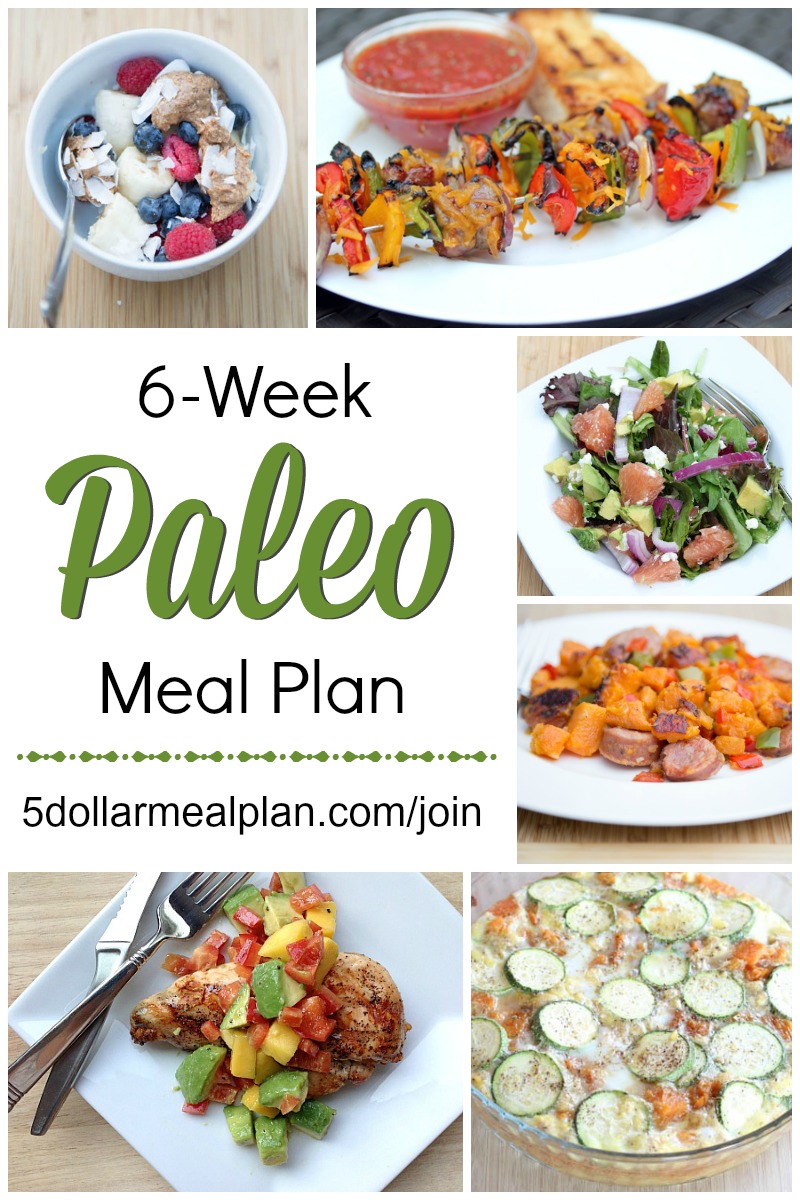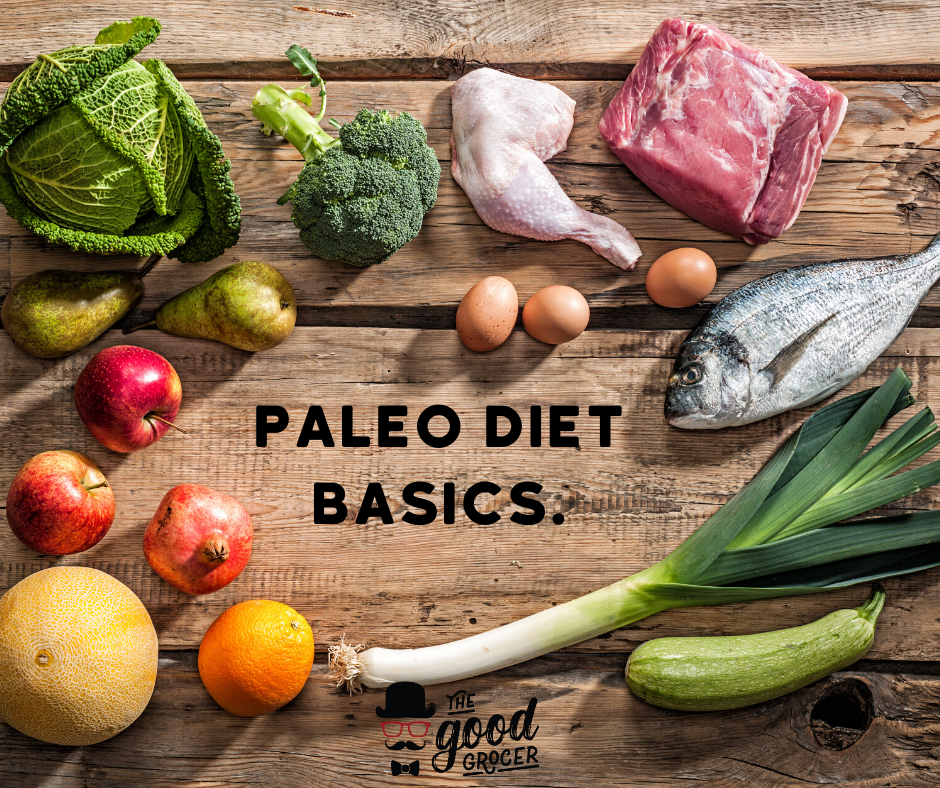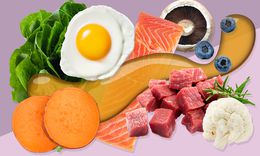
New research suggests that the lower risk of developing heart disease may partly be due to a paleo diet. Participants consumed a lot of non-starchy vegetables, and averaged 28g fiber per day. The total amount of carbohydrate they consumed was ninety grams daily. Researchers concluded that they were at risk because they didn't have access the carbohydrates from grains. Instead, the study recommended eating starchy vegetables such as tubers and fruits, which would have increased their carbohydrate intake and resistant starch levels.
Low-carb Paleo diet
There are many myths about low-carb Paleo, including the fact it isn't for everyone. Many of these myths are rooted in old nutrition and diet myths, which still exist in many doctors' offices. Low-carb diets have been proven effective in weight loss. However, not everyone will benefit from them. Before beginning the Paleo lifestyle, it is important you read all about it.
A typical paleo diet can put many people at risk of vitamin D and calcium deficiencies, which are vital nutrients for bone health. Consuming too much saturated fats and protein can increase your risk of developing heart disease, cancer, and kidney disease. Paleo is safe for people who have cardiovascular disease risk. However, it can be beneficial if they eat in moderation. The Paleo low-carb diet could be the best for you.

A Paleo diet low in carbs has more benefits than simply reducing inflammation. Low-carb diets have been proven to decrease blood sugar spikes. They also improve insulin sensitivity. They can also improve gut health and prevent inflammation. But if you're looking for more information, consider reading the Low-carb Paleo diet study. To lose weight, you don’t necessarily have to be following a Paleo lifestyle.
According to Dr. Oz, carbs should comprise 45-65 per cent of your daily caloric intake. This means that you will only get 900-1300 calories of carbs per day if your daily intake is 2,000 calories. You'll consume between 225 and 325 grams of carbs every day. This is roughly equivalent to between 225 and 300 calories. A low-carb diet can, however, have very little carbohydrate content.
Compared to a ketogenic diet, a paleo diet is more flexible. Instead of restricting carbohydrates, it encourages you to eat more fruit, vegetables and lean proteins. If you are aware of what you are eating, it will be easier to adhere to a Paleo low-carb diet. You'll be less likely to become frustrated with your diet and your body. You will be less stressed and can lose weight easier.
High-protein Paleo diet
Paleo advocates often wonder what a high protein diet is. It's important that you know what the limits are before starting this diet. The upper limit on protein intake is around 30% of total calories. It's important that you remember this is a maximum limit, not an absolute one. High-protein diets still require carbohydrate and fat. The higher the protein intake, the more likely it is that you'll gain weight.

The body can absorb proteins from meat and dairy easily because they are bioavailable. Animal proteins are easier to absorb than plant-based. Beef protein, especially, is better absorbed as it has already been predigested. Beef protein is from hormone-free and antibiotics-free cows in Sweden. Hydrolyzed beef protein is also easier to digest and absorb.
Cost is one reason people have difficulty sticking to a study plan. Protein is often more expensive than fat and carbohydrates. It is also difficult to maintain a diet because of the social factors, like not wanting to appear strange at a restaurant. You can still eat Paleo, but there are ways to lower your costs. And if you feel the need to eat out, there are many ways to handle cravings and keep yourself motivated. You don't have to feel guilty if you want to stay on the right track. These issues can be found in the index section of the site.
Paleo has many health benefits, including high-protein and low carbohydrate portions. While the diet has a lower sugar content and carbohydrate, these effects may not be statistically significant. Studies that looked at blood pressure levels also found statistically significant reductions in diastolic blood pressure among paleo diet participants. These studies were conducted on nine to 29 people over a period of 10 days to 12 weeks.
FAQ
What skills are necessary to attend culinary school
To be a chef you need to be able and able to cook well. Cooking classes can be taken at high schools and community colleges to learn the basics of cooking. Once you have learned the basics of cooking, it is time to look for work at a restaurant.
What Are the Requirements To Be a Chef?
You must hold a bachelor's in culinary arts to be a chef. You will also need to pass several tests administered by ACF. You will be issued a certificate once you meet all the requirements.
How much does culinary school cost?
The costs of culinary school can vary depending on where and how long it takes. The annual tuition average is between $10,000 and $30,000 Most students graduate with approximately $20,000 in debt. There are some programs that offer grants and scholarships as well as work-study options.
What is the best way to learn to cook?
Cooking is a skill that every person should learn. You will miss out on great meals if you don't learn how to cook. To learn how to cook, you must first find a recipe you like and then follow it carefully. You'll then want to practice small adjustments until you feel confident making the dish. Finally, try cooking for others. This will help you improve at cooking and also allow you to test your skills.
What are my options for learning about cooking?
There are numerous cooking classes offered across the country. There are many schools that offer courses in pastry, baking, and wine tasting. A local community college, vocational school, or private institution can offer classes in cooking.
Statistics
- You'll be amazed that over 90% of CIA students receive scholarships and grants to finish their culinary studies. (ischoolconnect.com)
- under 10 Kids have been taught that there is special food just for them, and Fiese says that 10 percent of kids will throw a tantrum if they don't get the food they want. (washingtonpost.com)
- On average, chefs earn $58,740 a year, according to the BLS. - learnhowtobecome.org
External Links
How To
How to cook your steak
The thickness of any meat will dictate the cooking method. For example, thinner steaks are best cooked over low heat, while thicker ones need higher temperatures.
You should also ensure you don't overcook them because they'll lose flavor. You should always remove the steak from the skillet when it's done. This will prevent you from burning yourself.
Cooking time will depend on the size of your steak and the desired level of doneness. Here are some general guidelines.
Medium Rare: Cook until medium-rare, which is when the internal temperature reaches at least 145degF (63degC). This should take between 3 and 5 min per side.
Medium: Cook to medium (or until the internal temperature reaches 160degF/71degC). This typically takes 6 minutes per side.
When done well, cook until the internal temperatures reach 180°F (82°C). This can take between 8-12 minutes per side.